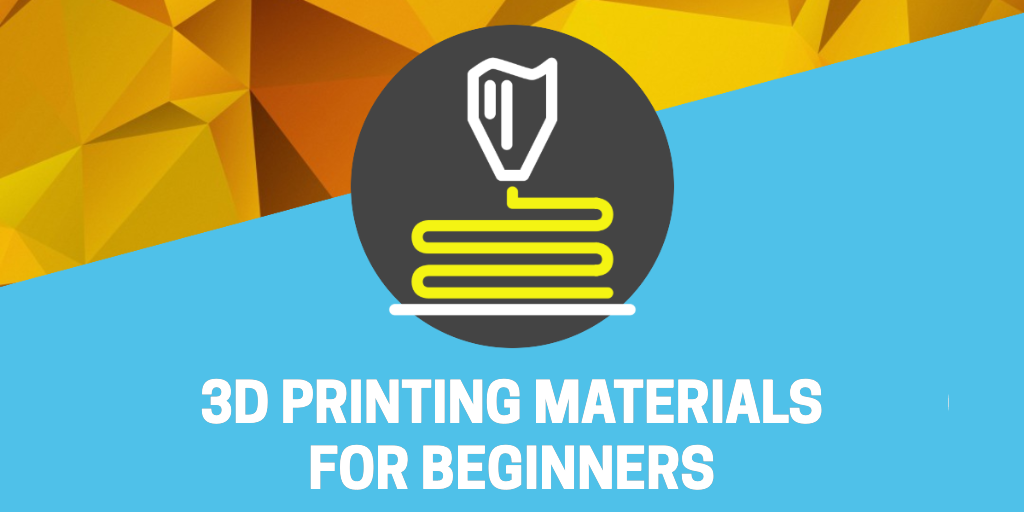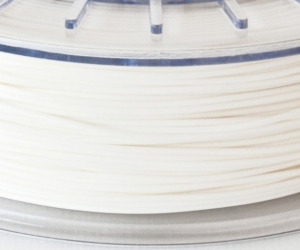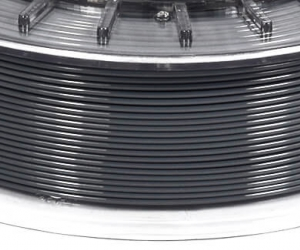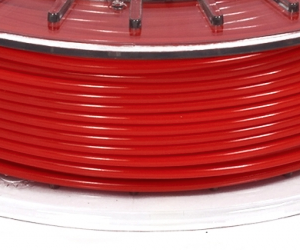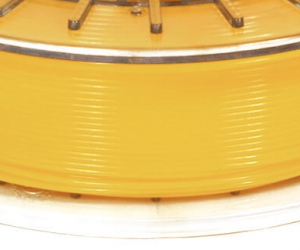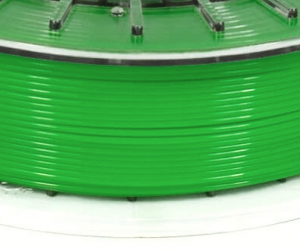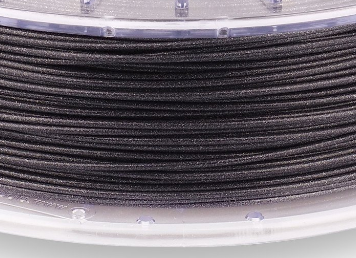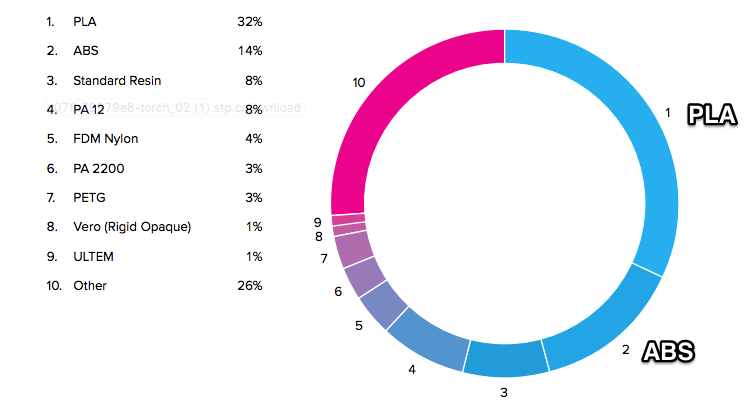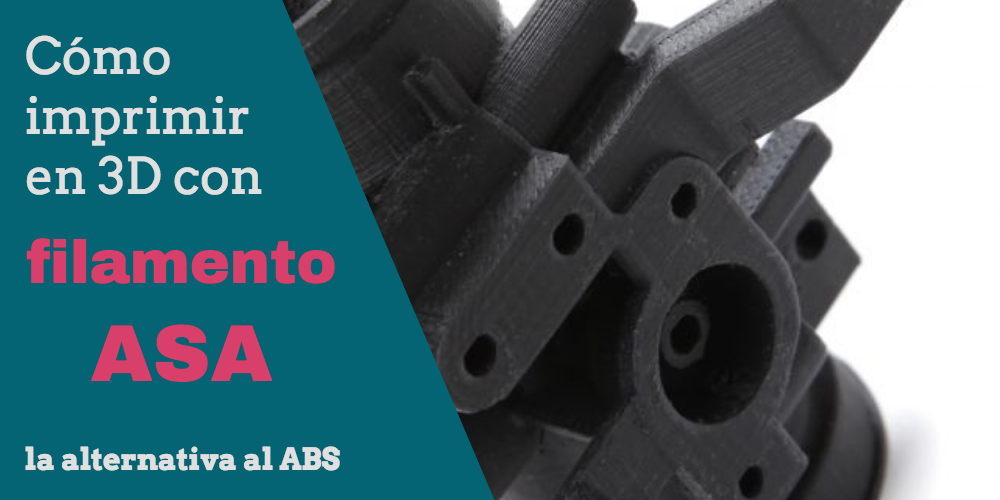We all got a PLA roll with our first printer. Correction: in my case, I am so old at this that my first filament spool was ABS. What a smell it left in the room the first time I managed to print with my first machine!
PLA is the best material to start with, but right away we want to try out more materials. ABS, PETG, flexibles, fillers… the range is endless. That’s why I wanted to create a guide to choose 3D filament for beginners.
We start with the trilogy of PLA vs ABS vs PETG (the materials that are suitable for almost everything) and then more technical materials such as ASA, flexible, PVA…
📖 What do you want to read?
The all-purpose material: PLA
PLA is the most versatile filament, and will work for you in 90% of the cases. Its best virtue: it is the easiest to print and with which you will obtain the best results. That’s why it comes in all the 3D printers for beginners, it’s simply the best material to start with
Advantages of PLA
- It’s the universal filament, suitable for 90% of the parts.
- The best finish, being the one that is easiest to print and cools down after being deposited, PLA parts usually have the best finish of all
- The material with the least warping. What is warping? It is the curvature that appears at the base of the parts when they are cooled. PLA has the lowest coefficient of thermal expansion of all the materials we discuss, so it has almost no warping. It is the best material for large parts that could become deformed when detached from the bed.
- It will always be the cheapest filament. As it is the most used material, it will always have the lowest price.
- It is made from potato starch, so it’s renewable and it is also biodegradable, making it the most ecological choice of all 3D printing plastics.
- Variety of colors. All brands have PLA and offer their full range of colors for this material. You will always find the best colors in PLA, including the famous Vertigo Grey by Fillamentum that we also use in Bitfab.
How to print PLA
- PLA can be printed on any type of printer
- Hotend: between 180 and 220ºC, each manufacturer and printer has its own preferences. To start with, you can use whatever the manufacturer of the roll recommends.
- Printing surface: 50-60ºC, with hot bed or cold bed. It is always better to have a hot bed to improve the quality and reliability of the prints, even if it is with PLA.
- Fixation: A bit of Nelly lacquer (the traditional one) or a specific fixer like 3DLac to fix the pieces.
- The printer can be open (with the printing volume exposed to the external environment) or closed.
¿Which PLA do we use in Bitfab?
In Bitfab we print with Smartmaterials PLA, a Spanish filament, to ensure the quality and consistency of our raw material over time.

White colored filament 
Grey colored filament 
Black colored filament 
Blue colored filament 
Red colored filament 
Orange colored filament 
Yellow colored filament 
Green colored filament
We also have Filamentum’s legendary Vertigo Grey for customers who want their pieces to have a metallic color and almost completely hidden layer lines.
ABS – Only if you are going to use acetone after
ABS is a material that we have already talked about in the Bitfab blog, in an article in which we explained why we believe that ABS is no longer the best material to print most of our parts.
I will summarize the article: ABS is quite difficult to print, especially if we do not have a suitable printer, so we save it only for a couple of specific cases (the two cases have in common that they make use of acetone, which is a solvent of ABS):
- When we are going to glue big pieces with acetone
- For when we want to smooth the piece with an acetone steam treatment
How is ABS printed?
- Normally you need closed printers, that is, printers with a closed chamber that keeps the temperature around the part warm so that the material is properly cooled. This rules out most input printers such as the CR-10.
- It prints at a higher temperature than PLA, usually around 240ºC and the bed also has to reach at least 90-100ºC.
PET-G – When you want more from your prints
PET-G is the second most used material in Bitfab. We use it whenever our customers ask for a more resistant alternative to PLA; that is its advantage,
We have also talked about the PET-G on the Bitfab blog, making a complete guide of what to use it for and how to print it. It is the most popular article on the blog!
PET-G Features
- Stronger than PLA and ABS.
- It is more temperature resistant than PLA but not as resistant as ABS or ASA or Nylon.
- Easy to print.
- A little more warping than PLA, although it is still a good material for large parts.
- It sticks more to the tip of the printer and cools down worse, so it is a little more difficult to get a perfect finish like with PLA.
How is PET-G printed
This infographic says it all. PET-G is not as hard to print as you think!
- A hot bed at 70-80ºC is essential.
- The extruder has to be brought to 230-240º so it is not really suited for Teflon extruders.
- No need for a closed printer.
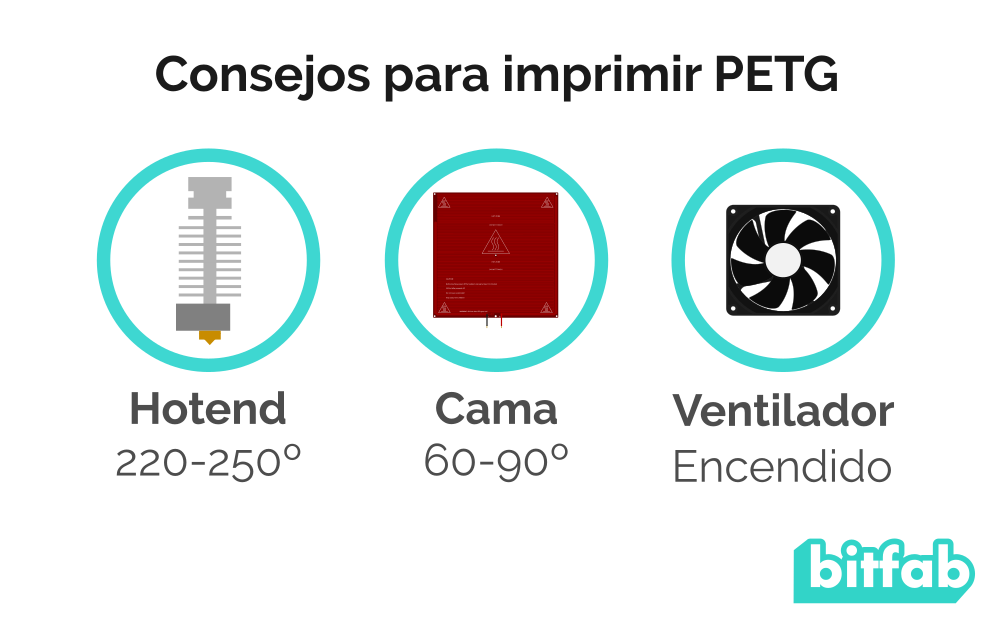
What PET-G do we buy at Bitfab?
As always, we use PET-G from Smart Materials to ensure the finish of our customers’ parts.
More 3D printing materials for beginners
ASA
The ASA filament is the alternative to ABS: better temperature, resistance and easier to print. Of course, we have also talked about ASA in the Bitfab blog, in a post by our editor Jorge Lorenzo of Of3lia:
Flexible: TPU and TPE
Flexible filaments are the second step in difficulty for most 3D printing users. They are a little more complicated to print but they allow to make elastic pieces and open a world of possibilities
How to print flexible filaments? There are two keys to getting them printed correctly:
- You have to lower the printing speed.
- They are printed with almost no shrinkage so that the filament does not get caught in the extruder.
As we have not yet had time to deal in depth with flexible filaments, we recommend this other post-guide on flexibles (in Spanish) so that you get to know all their secrets.
PVA – The soluble support
With PVA you can take 3D molten-filament printing to another level. Very complex parts can be made that look perfect once the support disappears. For this we will need a printer that supports 2 colors/materials. These are printers with a double head system or with a head with a filament change.
PVA dissolves in water and the supports made of this material disappear, leaving parts with perfect surfaces, instead of the rough surfaces left by the conventional support
In the Fablab of the Gregorio Marañón Hospital, a medical 3D printing project with which Bitfab collaborates, soluble PVA is used to make arteries and veins with the combination of flexible TPU. The models are used in surgical planning, simulation, teaching and development of new techniques.
Filled materials
There are filaments filled with many different materials: wood, metals (bronze, iron…), carbon fiber…
As I explain in the podcast, our experience with them so far has been a little disappointing, I hope that as we try new things we can report more progress
Polypropylene (PP), the lightest
A very interesting material, semi-transparent and the lightest of all we have talked about (0.9 grams per cubic centimeter). It is very difficult to print large pieces with PP because it has a lot of warping, but surely because of its lightness it can be used particularly for drone parts.
What material do we recommend in Bitfab?
You’ve already learned that there are many 3D printing materials. With PLA you will be able to print 90% of your pieces. When you want to try more options you can always try PET-G or flexibles. Or just browse the list we have made to find the material that best suits your project.
It’s always a good experience to try a new filament. The best thing is not only to make the parts but to accept the challenge of learning how to use a new filament!
Thank you very much for coming this far. You’ll hear/read from us in the next podcast. In the meantime, you can share this post in social media or share your doubts with me in the comments.

